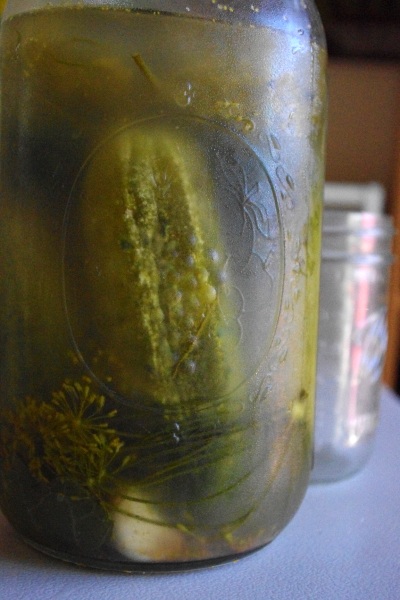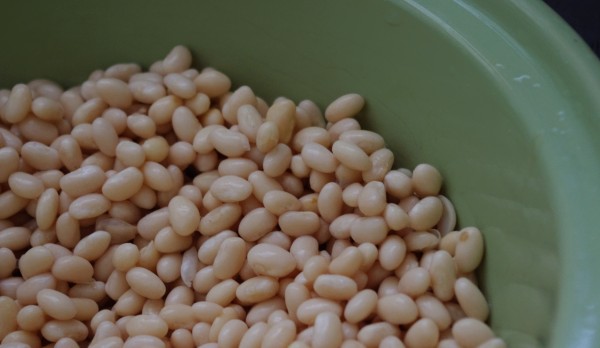An Introduction to Lacto-Fermented Vegetables (and my journey to them)

There was a time that fermenting anything would have freaked me out. The idea that something could sit out, without refrigeration or boiling, and then be kept without refrigeration for months seemed unbelievable… and kind of gross.
But here I am hosting a whole week dedicated to this practice. You can read a bit more about my journey to lacto-fermenting vegetables and all of the benefits of the practice in this article over at Saving Naturally.



Shannon, this was a great article! I love lacto-fermenting all sorts of stuff and would really like to try your pickle recipe. Where do you get your grape or oak leaves from? In the past I have not been able to find them anywhere.
Kristen- I used to get the leaves right from our backyard. Now I might try using a teaspoon or so of black tea leaves since they also contain tannins.
I look forward to this! Relating back to my question about refrigeration on your last post…and thank you for your response…I have a few more specifics that perhaps you can answer in this series.
If one were going to store lacto-fermented veggies in underground cold storage, rather than the refrigerator, does this provide an adequate cool temp? What is the ideal temp for storage. All that I have read has just said to put them in the fridge, which is much colder than a cellar.
Also, are lacto-fermented foods at risk for botulism, if not refrigerated? Botulism, I understand, can grow in environments that are: low acid, not too cold, not extremely hot, and are devoid of oxygen. Just wondering, what inhibits botulism growth in lacto-fermented foods? The refrigeration? Or the acid that is produced by the fermenting? Is it high enough acid? Most pickle recipes I have seen are very high acid (requiring vinegar), OR they require refrigeration.
These are questions and whirl around is this home-food-preservers mind! I look forward to learning!
Thanks!